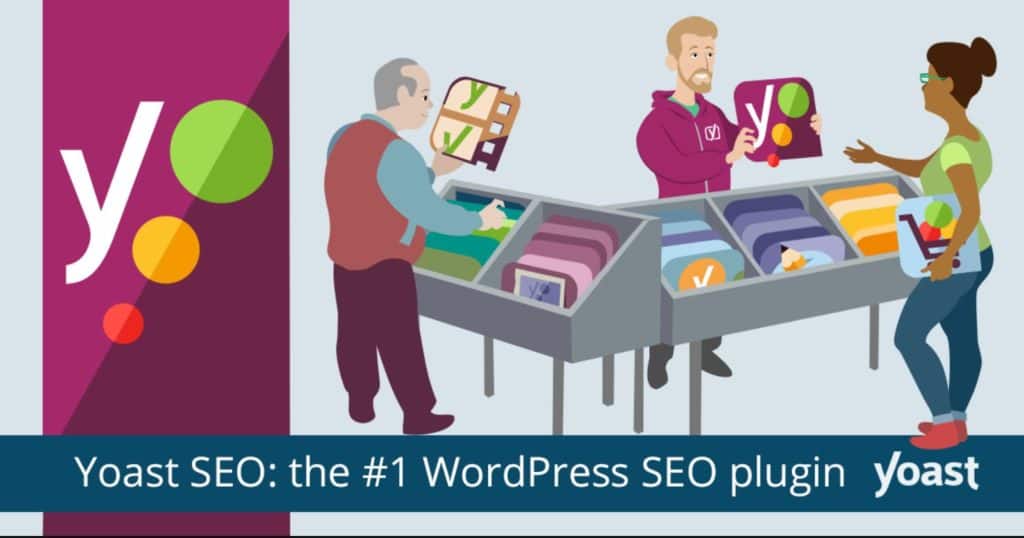While plugins can be heavy code additions and often not worth it, there are some WordPress plugins from which almost any website could benefit. While most of the ones that we use are premium plugins on our clients, the team has used all of these with our current clients or with our previous clients.
TOP SEO PLUGIN – YOAST SEO

There is a reason that you’ll see Yoast SEO on nearly every single one of these lists. It is all very well. I’ve been using it personally for almost 10 years and without it, I couldn’t imagine what I would have done. There are many themes that are starting to incorporate variants of the capabilities of Yoast, e.g. meta data however, others don’t because it is understood that most consumers who care about SEO should add Yoast or something similar.
We tend to opt-in for Yoast Premium for most of our clients just because of the added versatility, especially in the page deletion and redirect field.
If you really care about SEO, we do recommend adding in the Yoast Local extension as it allows for much more structured data surrounding your address, organization type, opening hours, and so forth.
TOP IMAGE COMPRESSION PLUGIN – RESMUSH.IT IMAGE OPTIMIZER

Spoiler alert again, we actually pay for an Imagify account. (We tried Smush Pro and Tiny PNG before deciding on Imagify.) If we weren’t paying for image compression though, our first choice would be reSmush.it. We have tried it out and have seen that it works quite well in compressing website images.
In case you are not aware, compression of images is one of the best ways to improve the speed of your website. Faster websites mean more mobile visits, more mobile downloads, and better placement in mobile and desktop search engines.
TOP ANALYTICS PLUGIN – GOOGLE TAG MANAGER FOR WORDPRESS

If you are implementing tracking, we ALWAYS recommend that you go with a tag manager. There is no more widely accepted and used tag manager than Google’s GTM. While our general philosophy is to directly implement Google Tag Manager into the code without a plugin, no plugin makes it easier than this Google Tag Manager plugin. That’s why sites like Elementor’s support site point to it as a viable option.
Our only issue is that this plugin puts the code later in the page than Google recommends, thus limiting slightly the abilities of how tags fire. For most users, this will not be an issue.
TOP CHAT PLUGIN – MANYCHAT
There are a lot of chat buttons out there these days. For most of us, trying to stay on top of a few inboxes for our businesses is more than enough. That’s why we like actually housing customer service chats inside of Messenger when possible. For that, we use ManyChat’s Customer Chat Growth Tool.
It’s obvious as an official ManyChat Agency Partner that we might have a little bias here, but we started building on ManyChat a few years ago and have been hooked ever since. One of Manychat’s best parts is that it’s not a plugin, either. The growth tool is simply launched through Google Tag Manager. (We suggest that this be achieved with a delay to ensure it does not impact load times).
TOP CRM PLUGIN – MAILCHIMP

You did have us! Neither does MailChimp function technically as a plugin. This is however our favorite CRM and it easily integrates with just about every program out there. We personally usually build with a framework that includes a form builder. If you build inside of a framework that uses WordPress’ native blocks, MailChimp has a block that you can use while building your pages. If you have a form that you prefer to use, you can be sure that there will be a MailChimp plugin specifically for it.
Though MailChimp loves us, DO NOT insert their forms on your website. The page will slow down. At most, if you choose to use MailChimp without a plugin, connect to your form.

